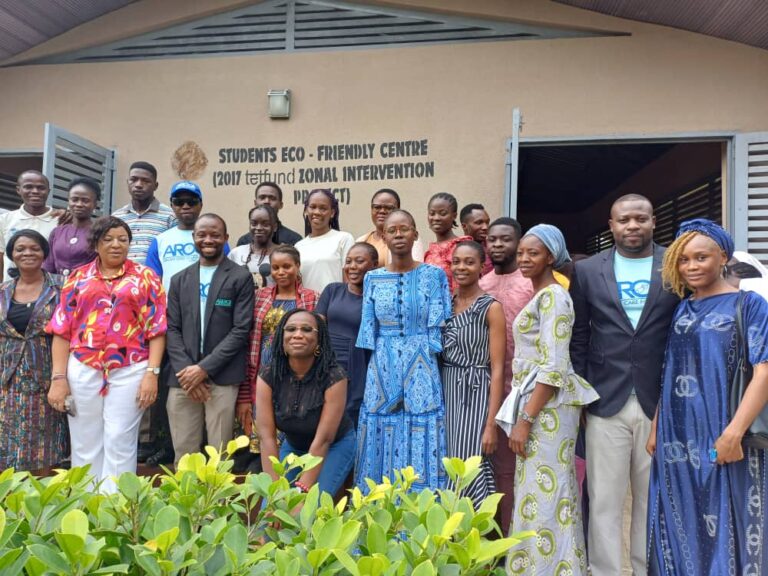The Role of Trauma Bonds in Toxic Relationships
Let’s explore the realm of toxic relationships and how, in part, the idea of trauma bonds helps us understand how to potentially escape from them.
To begin with, what are trauma bonds exactly? In simple terms, these are the emotional connections that forms between an individual and an abusive partner, whether it is mental, physical, or emotional abuse. Strong bonds like these frequently prevent the victim from leaving the abuser behind, even when the connection is harmful or dangerous.
Now, why do these kind of bonds form? They simply form because they are the outcome of recurrent cycles of abusive and intermittent acts of reinforcement. Let’s consider it this way, the abuser may inflict pain on the victim through hurtfully means, but they may also express affection or offer an apology. Through this alternating mechanism, a kind of “emotional rollercoaster” is produced, where the victim begins to associate the good moments with the abuser and develops a
strong relationship that is difficult to break.
Furthermore, this trauma bond gets reinforced and strengthened through a condition called “Cognitive Dissonance.” Cognitive Dissonance is a condition in which a person (the sufferer in this sense) simultaneously maintains two opposing beliefs. In other words, holding opposing belief of the abuser and the relationship (Believe that their partner loves them deeply, but also that their partner acts badly) often strengthens the relationships formed during trauma. In essence, the victim
is kept stuck in the relationship by this internal struggle, which makes them fearful of what could happen if they leave while simultaneously wishing for improvement.
Moreover, it is crucial to note that trauma bond can exist outside of romantic relationships. They can form in friendships, family dynamics, in the workplace, or in any kind of relationships where there is abuse or mistreatment.
So, how can an abused break free from a toxic relationship and a trauma bond? Regardless of the fact that, acknowledging the bond’s existence is challenging and sometimes a lengthy process, it still remain an essential first step. The victim must realize that the abuse is a pattern of conduct on the side of the abuser rather than a reflection of their value.
Seeking a professional supports such as therapist’s support or even joining a support group can also be of immense benefit. Through these channels, the victim can get direction and assistance in navigating the complex emotions associated with a trauma bond.

In addition, establishing boundaries and communicating assertively might be a key to achieving freedom. This might entail distancing oneself from the abuser’s company, seeking legal advice or protection if necessary, or even cutting off all means communication.

To sum this discuss up, trauma bonds are a strong force that keeps abused people connected to their abusers. It is crucial to understand the formation of these attachments and acknowledge their presence, if the abuser must break free from relationships. It is also possible to heal and recover from the consequences of trauma bonds and transition into healthy relationships with enough
time, support, and a commitment to self-care.

Adedeji Odusanya
Odusanya Adedeji A., is a Licensed & Certified Clinical Psychologist whose domain of expertise cuts across management of specific mental health issues such as, Depression, PTSD, Anxiety & Anxiety related disorders, Substance Use Disorder, etc







